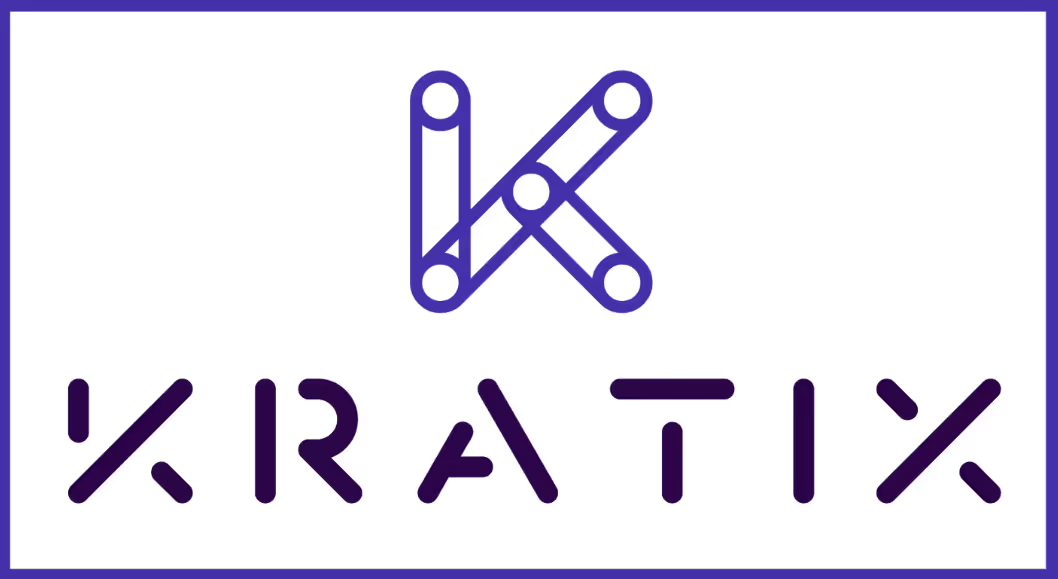Profile
Rafay is an enterprise infrastructure orchestration and workflow automation platform that unifies management of Kubernetes clusters and GPU-accelerated computing resources. The platform transforms complex compute environments into self-service consumption engines through a comprehensive control plane that handles both traditional containerized workloads and AI/ML applications. As a venture-backed commercial platform with significant enterprise adoption, Rafay provides centralized governance, security, and cost controls while enabling platform teams to deliver standardized infrastructure experiences across hybrid and multi-cloud environments.
Focus
Rafay addresses the fundamental challenge of managing distributed infrastructure at scale by providing unified orchestration across Kubernetes clusters and GPU resources. The platform eliminates the operational complexity of maintaining multiple point solutions and custom automation code by delivering integrated capabilities for cluster lifecycle management, workload operations, and resource optimization. Platform engineering teams gain the ability to implement standardized self-service workflows while maintaining enterprise-grade controls. The solution particularly benefits organizations operating large-scale Kubernetes deployments or managing GPU infrastructure for AI/ML workloads.
Background
Founded in 2017 in Sunnyvale, California, Rafay emerged during the rapid enterprise adoption of Kubernetes when organizations began struggling with operational complexity at scale. The company has raised $33M in venture funding, including a $25M Series B led by ForgePoint Capital. Notable customers include Guardant Health, MoneyGram, and Verizon, demonstrating adoption across regulated industries. The platform is actively maintained with regular release cycles and operates under traditional enterprise software governance, with CEO Haseeb Budhani leading strategic direction focused on infrastructure orchestration and AI capabilities.
Main features
Multi-cluster Kubernetes operations platform
The platform provides comprehensive lifecycle management for Kubernetes clusters across public clouds, private infrastructure, and edge environments through a unified control plane. The architecture employs a centralized controller that manages cluster provisioning, configuration, and operations through agent-based automation. Platform teams can define standardized cluster blueprints incorporating security policies, compliance requirements, and operational tooling, which are automatically enforced across the fleet. The system handles complex operational tasks including upgrades, backup/restore, and policy management while providing granular multi-tenancy through organizational isolation.
GPU infrastructure orchestration and workload management
The platform transforms static GPU infrastructure into enterprise-grade, self-service environments through sophisticated resource pooling and allocation capabilities. The architecture enables fractional GPU sharing across multiple workloads while maintaining isolation, dramatically improving utilization of expensive accelerator hardware. Platform teams can define policies controlling resource allocation based on workload priority and cost considerations. The system provides specialized support for AI/ML workflows including notebook environments, distributed training orchestration, and inference deployment patterns, with built-in integration for tools like Jupyter, Ray, and common ML frameworks.
Environment manager workflow automation
The core workflow engine orchestrates infrastructure and application lifecycle management through a sophisticated directed acyclic graph (DAG) execution model. The templating system enables platform teams to define standardized self-service workflows for provisioning and managing both infrastructure and applications. Each workflow breaks down into discrete activities such as git operations, infrastructure as code execution, and configuration management, with hooks for customization at each stage. The engine manages state transitions and provides comprehensive visibility while supporting complex orchestration scenarios through its agent-based architecture.






